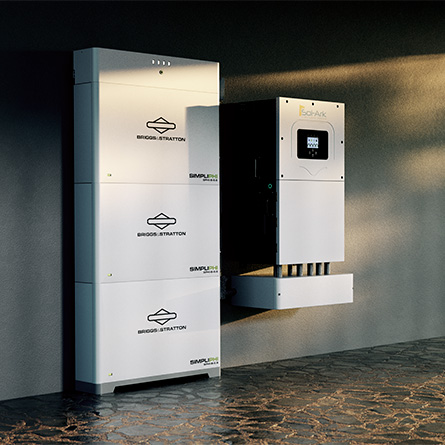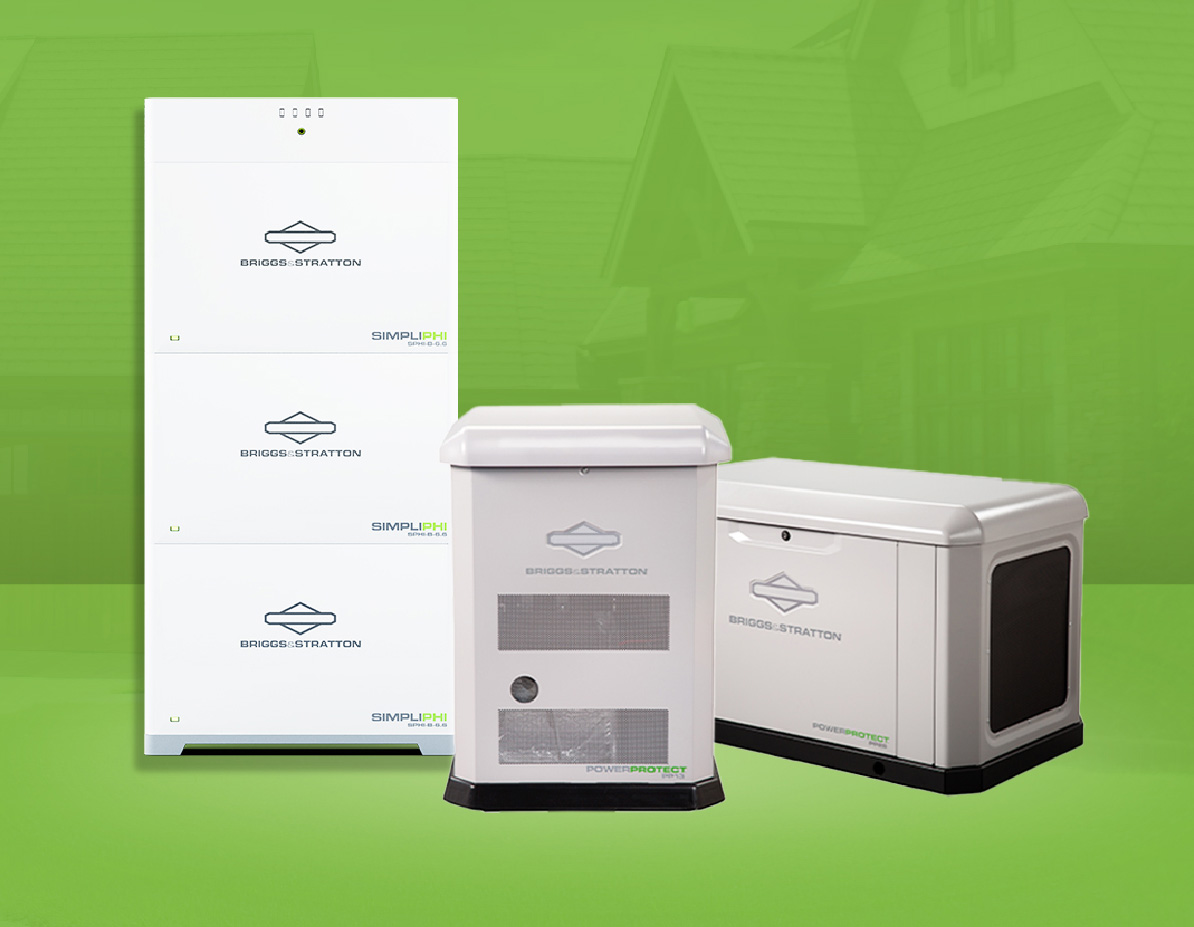Energy codes that guide new construction help save U.S. building owners approximately $5 billion annually in energy costs and significantly more over the buildings' lifetimes.
All U.S. states have building energy codes, but many Western States have implemented the most comprehensive energy codes that reflect a strong commitment to reducing their energy usage and curbing carbon emissions. According to the State Energy Efficiency Scorecard by the American Council for an Energy-Efficient Economy, California’s Title 24 Energy Code leads with the most rigorous net-zero energy building codes. Northeast states like Massachusetts, Vermont, Rhode Island, and New York closely follow.

What is Title 24?
The California Energy Commission adopted the Building Energy Efficiency Standards (Energy Code) in 1978, which aims to improve ongoing standards for energy efficiency measures, and most recently has adopted renewable energy standards for new buildings. California’s Energy Code, also called Title 24, is updated every three years with new measures determining how new structures shall be constructed. These measures include requirements for insulation, lighting, and HVAC systems and rules for incorporating renewable energy sources such as solar panels. Title 24 is enforced when a contractor pulls a building permit for a project, and the plans require review and building inspections.
What is the history of Title 24?
In 1978, California state legislation (SB 331, Robbins) mandated the unification of building standards into a single code within the California Code of Regulations, designated as Title 24, the California Building Standards Code. Prior to this, building standards were scattered across various titles, causing confusion for designers and builders.
In 1988, further legislation (SB 2871, Marks) required Title 24 to apply to all occupancies throughout the state, standardizing the code enforced by local jurisdictions. Since 2006, the California Building Standards Commission has adopted the International Building Code (IBC) as the model building code, with the first IBC-based California Building Code published in 2007.
What is the purpose of Title 24?
Title 24's main purpose was to address California legislation that called for lowering California’s energy usage through energy efficiency measures. Now, renewable energy measures have been implemented to help reduce carbon emissions and help the state meet 100% renewable goals.
Latest code updates for solar and battery storage requirements
Title 24’s latest update supports California's commitment to energy efficiency, electrification, and renewable energy adoption. By requiring battery storage alongside solar PV systems for new builds, the state is paving the way for more resilient energy statewide. For installers, understanding these requirements and leveraging the benefits of commercial battery storage can lead to more jobs, client cost savings, improved energy management, and contributing to California’s clean energy goals.
Battery storage requirements for specific building types
Battery storage system requirements state that all buildings required to have a PV system installed must also have a battery storage system that meets the minimum qualification requirements for rated energy and power capacity. These requirements are determined by two equations: the Rated Energy Capacity (Equation 170.2-E) and the Rated Power Capacity (Equation 170.2-F).
Solar PV system requirements apply to specific building types where 80% or more, including mixed-use, is one of the following: grocery stores, high-rise multi-family buildings, offices, financial institutions, unleased tenant spaces, retail stores, schools, warehouses, auditoriums, convention centers, hotels, motels, libraries, medical office buildings, clinics, restaurants, or theaters.
The growing importance of commercial battery storage
Beyond being mandatory in certain compliance settings, commercial battery storage systems benefit businesses that want to improve their energy management and curb their energy bills. Below are some advantages of implementing battery storage.
Peak Charge Shaving
Reduce or eliminate peak electricity charges by discharging during peak electrical loads.
Eliminate Time-of-Use (TOU) Charges
Charge when utility rates are low and discharge when rates are high.
Participate in Demand Response (DR) Programs
Respond to utility signals, rapidly discharge, and reduce overall peak utility load demand, offsetting your system's capital cost.
Optimize Your Onsite Renewable Generation (Wind and Solar)
Behind-the-meter (BTM) storage combined with renewable energy technologies can provide cost savings and resiliency by storing the power you generate to use when you need it.
Emergency Backup Power and Resilience
Provides critical reserves for equipment during utility power outages, saving you significant money from lost operations.
Microgrids and Off-Grid Applications
Create energy resiliency for critical grid loads while also bringing power to areas where the grid is not available or prohibitively expensive.
One of the primary advantages of commercial battery storage is its ability to optimize energy consumption patterns, thereby reducing businesses' costs. Advanced energy management systems integrated with battery storage allow companies to monitor their energy usage in real-time, identify inefficiencies, and implement strategies like demand response and peak shaving. By storing excess energy during periods of low demand and discharging it during peak demand periods, businesses can significantly reduce their energy expenses and mitigate the impact of fluctuating energy prices and high demand charges.
What are the opportunities for installers of Title 24?
Since the implementation of NEM 3.0, solar installations in California have faced challenges, but new incentives now make it advantageous to install solar systems paired with battery storage. Title 24 also enhances opportunities by emphasizing commercial solar and battery storage installations. Here are some opportunities for battery storage installers.
Enhanced Incentives
Leverage the current incentives to offer attractive solar and battery storage packages, making the installations more appealing and cost-effective for clients.
Expanding Services
Enhance your offerings by providing comprehensive solutions that include both solar PV systems and battery storage. This integrated approach can attract more clients looking for a one-stop solution for their energy needs.
Market Differentiation
Stand out in the market by specializing in the latest standards and regulations, positioning yourself as an expert in NEM 3.0 and Title 24 compliance.
Commercial Client Support
Provide tailored support to commercial clients, helping them navigate the complexities of solar and battery storage installations. Offer detailed consultations, system design, and ongoing maintenance services.
Energy Independence
Highlight the benefits of energy independence and resilience that come with battery storage. Promote how businesses can protect themselves from power outages and manage energy usage more effectively.
Educational Outreach
Educate potential clients about the financial and environmental benefits of solar and battery storage systems. Use marketing campaigns to raise awareness and generate interest.
Additional 20% off battery storage for ESS manufactured in California
The California Public Utility Commission’s (CPUC) Self-Generation Incentive Program (SGIP) provides rebates for installing energy storage technology at multi-family residential and non-residential facilities. This includes an additional 20% discount on approved battery storage systems manufactured in California, such as select Briggs & Stratton Energy Solutions Batteries.
Energy code calculations for battery sizing
The required solar PV system size determines battery storage system standards, which vary by building type. These standards include two critical calculations: the battery storage system's rated energy capacity and rated power capacity. To learn more about these calculations, click here.

Ready to experience true energy independence?
Request a consultation with a Briggs & Stratton dealer or installer near you by clicking the button below.
Resources
https://www.energy.ca.gov/sites/default/files/2022-12/CEC-400-2022-010_CMF.pdf#page=493
https://www.energy.ca.gov/sites/default/files/2021-08/CEC_2022_EnergyCodeUpdateSummary_ADA.pdf
https://www.energy.ca.gov/sites/default/files/2021-08/CEC_2022_EnergyCodeUpdateSummary_ADA.pdf
https://www.pv-magazine.com/2024/05/02/briggs-stratton-releases-6-6-kwh-stackable-home-battery/




